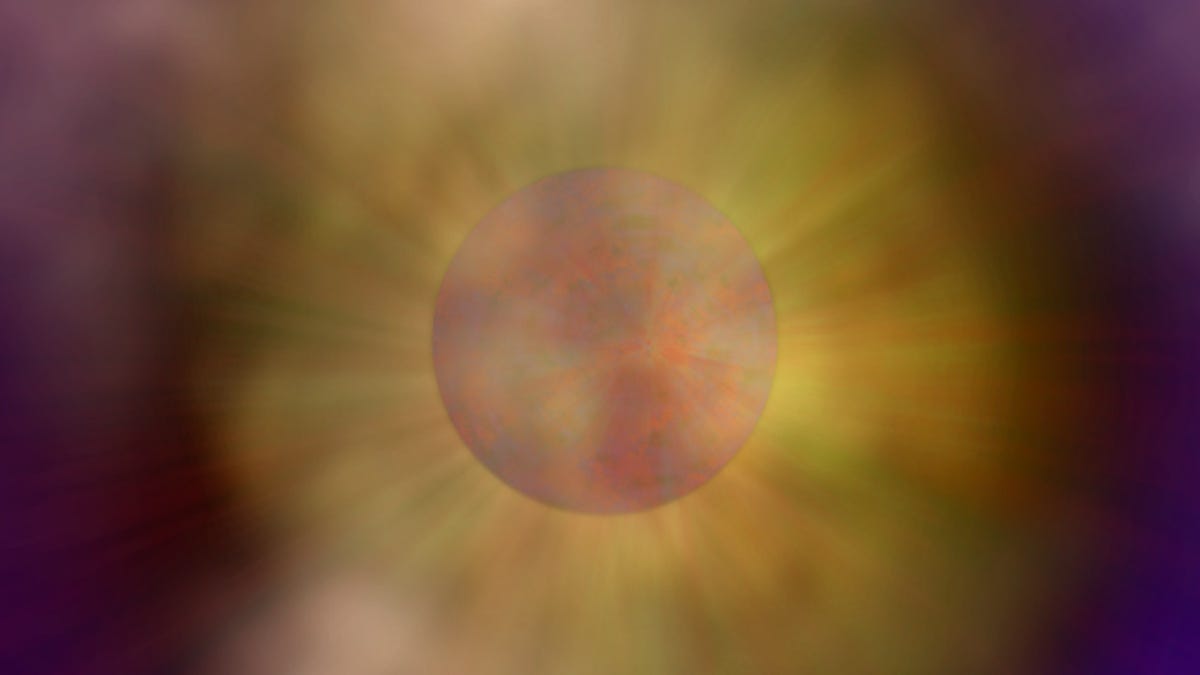'Missing' neutron star found hidden in supernova after 32-year search
An epic game of hide-and-seek ends.

Shrouded by gas and dust from an exploded star, the neutron star was playing a winning game of hide-and-seek.
When a giant star exploded in a supernova 32 years ago, it should have left behind an incredibly dense collapsed core, known as a neutron star. But the giant blast, dubbed Supernova 1987A, spewed gas and dust into the cosmos like a toddler throwing pasta around its highchair -- it was a messy affair. All the extra dust obscured our view of the neutron star, but using sharp new images, astronomers have finally found the zombie star's hideout.
The study, published in the Astrophysical Journal on Nov. 19, used the Atacama Large Millimeter/submillimeter Array (ALMA) to examine the thick cloud of dust surrounding Supernova 1987A, which is positioned in the Large Magellanic Cloud, about 168,000 light-years from Earth. Gazing through the dense space smog, astronomers were able to locate a patch of dust they believe harbors the neutron star.
"For the very first time we can tell that there is a neutron star inside this cloud within the supernova remnant," said Phil Cigan, astronomer at Cardiff University and first author on the study, in a press release. "Its light has been veiled by a very thick cloud of dust, blocking the direct light from the neutron star at many wavelengths like fog masking a spotlight."
The 66 telescopes that make up ALMA are located in the Chilean desert and were used in collaboration with the Event Horizon Telescope team to snap the first ever image of a black hole earlier this year. The researchers used the array to observe submillimeter wavelengths of light, which helped pull back the dust curtain on the hidden star.
Supernova 1987A was first spotted in February 1987 and provided one of the best examples of the cosmic phenomena for researchers to probe, eventually revealing a ton of knowledge about the life of giant stars, what happens when they collapse and what the star afterlife looks like.
Astronomers have suggested a number of fates for the star at the center of the supernova as a result of the neutron star's hide-and-seek heroics. Other researchers have postulated further collapse may have resulted in a black hole or an unusual type of star known as a "quark star" which is full of exotic particles and weird physics.

